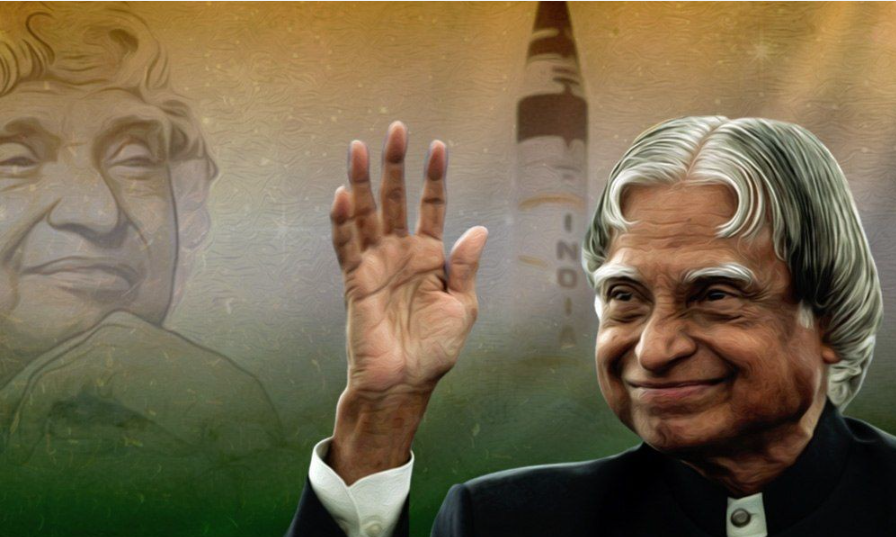Biography of APJ Abdul Kalam
The biography of APJ Abdul Kalam holds significant importance for students, shedding light on the life and achievements of India’s 11th President. Widely known as the “Missile Man of India,” APJ Abdul Kalam was a revered figure, admired for his contributions to science, engineering, and politics. Born on October 15, 1931, in Rameswaram, Tamil Nadu, Kalam played a pivotal role in shaping India’s missile and space programs. His humble demeanor, commitment to education, and unwavering patriotism earned him immense respect and admiration across the nation. In the subsequent part of this article, we delve deeper into the full APJ Abdul Kalam Biography.
APJ Abdul Kalam’s Political career
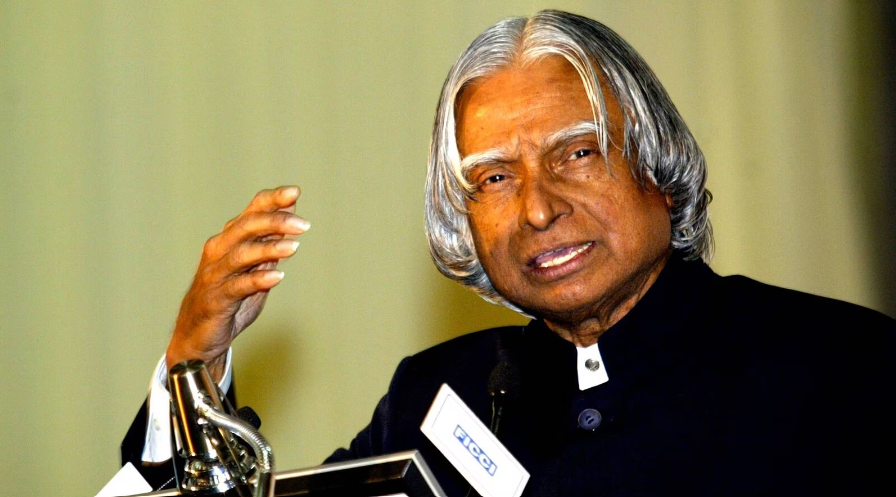
In 2002, APJ Abdul Kalam assumed the role of President of India, succeeding K.R. Narayanan. His tenure lasted for five years, from 2002 to 2007, during which he emerged as one of the most cherished presidents in India’s history. Throughout his presidency, Kalam prioritized vital issues like education, healthcare, and rural development. He embarked on extensive travels across the nation, engaging with citizens from all walks of life and attentively addressing their needs. Known for his modesty, humility, and profound patriotism, Kalam left an indelible mark on the hearts of the Indian populace.
Career And Achievements of APJ Abdul Kalam
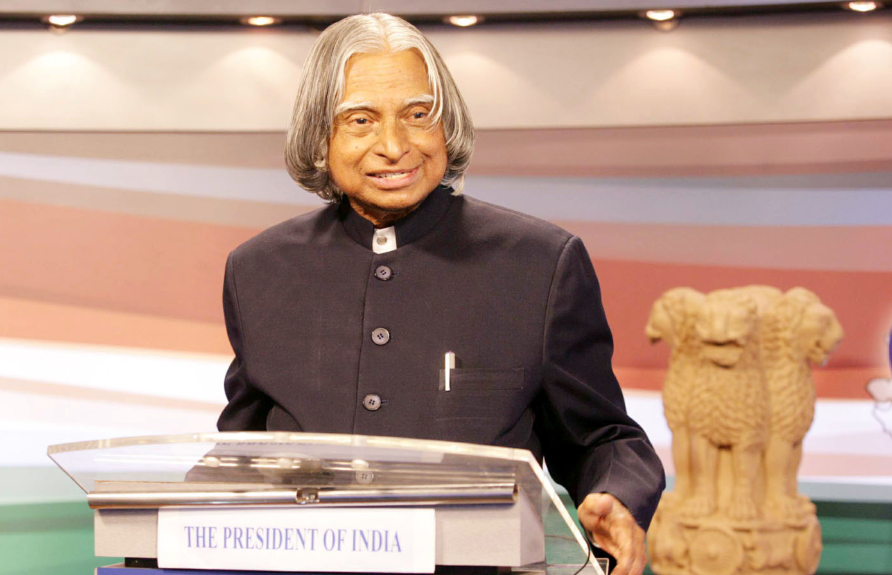
- In 1965, APJ Abdul Kalam embarked on his scientific journey by joining the Indian Space Research Organisation (ISRO).
- In 1969, APJ Abdul Kalam transitioned to the Defence Research and Development Laboratory (DRDL) in Hyderabad. Here, he contributed significantly to the development of India’s inaugural satellite launch vehicle (SLV-III).
- The successful development of the SLV-III marked a significant milestone for India, elevating the country to the ranks of the six nations worldwide possessing satellite launch capabilities.
- Kalam’s most notable accomplishment occurred in 1983 when he assumed the role of director for the Defence Research and Development Organisation’s Integrated Guided Missile Development Programme (IGMDP).
- During his tenure, the initiative successfully developed five missile systems, which comprised the Agni, Prithvi, Akash, Nag, and Trishul missiles.
- These missile systems played a crucial role for India, providing the nation with a credible deterrent against neighboring countries, notably Pakistan and China.
- APJ Abdul Kalam earned the moniker “Missile Man of India” due to his pivotal role in the development of these missile systems.
- Kalam’s impact on Indian science and technology extended beyond the missile program, as he also played a crucial role in the advancement of India’s nuclear program.
- Under Kalam’s guidance, India conducted its inaugural nuclear tests in 1998, marking a significant milestone and establishing the country as a nuclear power.
- In addition to his scientific accomplishments, Kalam was deeply committed to education and served as a mentor to numerous young individuals.
- APJ Abdul Kalam firmly believed that education was the cornerstone of India’s progress and that every child should have access to quality education.
- APJ Abdul Kalam often addressed students and faculty at educational institutions, sharing his wisdom and motivating them to chase their aspirations. Additionally, he authored numerous books, notably his autobiography “Wings of Fire,” which gained widespread popularity across India.
Career of APJ Abdul Kalam as a Scientist
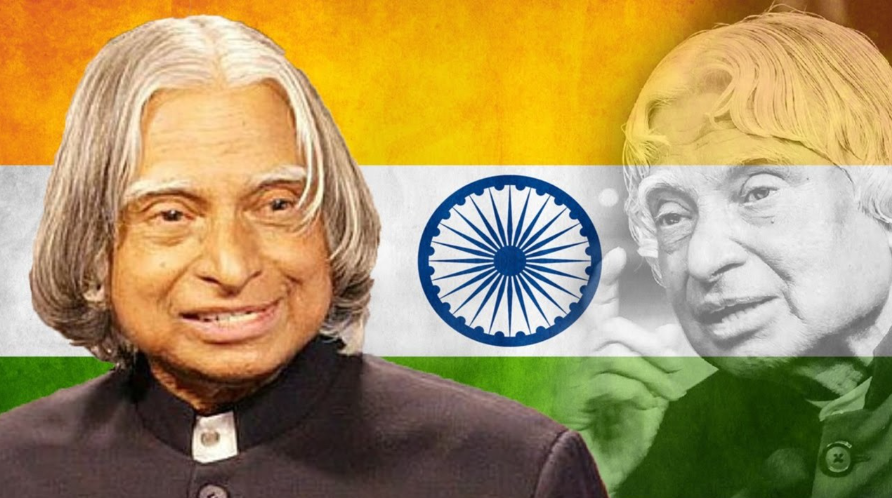
APJ Abdul Kalam commenced his scientific career in the 1960s at DRDO, where he dedicated himself to India’s civilian space program and military missile development initiatives. Renowned for his pivotal role in India’s ballistic missile technology advancements, Kalam significantly contributed to the design and realization of India’s inaugural indigenous satellite launch vehicle, SLV-III.
- In 1969, APJ Abdul Kalam, harboring doubts about his career choice at DRDO, transitioned to ISRO, where he assumed the role of project director for India’s maiden satellite vehicle launch.
- The fruition of Kalam’s efforts came in July 1980 when the satellite vehicle accomplished the milestone of launching the Rohini satellite into a near-Earth orbit.
- During the span from the 1970s to the 1990s, Kalam actively engaged in various government projects related to Launch Vehicles (LV) and Satellite Launch Vehicles (SLV).
- He took charge of overseeing two pivotal projects, Project Devil and Project Valiant, aimed at developing ballistic missiles by leveraging the technological advancements achieved through the successful SLV program.
- Kalam’s adept persuasion skills led to Indira Gandhi’s decision to allocate additional funds for these aerospace endeavors.
- In recognition of his scholarly contributions and remarkable achievements, Kalam received numerous accolades and honors in the 1980s.
- In 1992, he assumed the role of Scientific Advisor to the Defense Minister, serving in this capacity for five years before being elevated to the esteemed position of Principal Scientific Advisor to the Government.
- Kalam’s instrumental role in India’s nuclear weapons tests in 1998 solidified the nation’s status as a nuclear power.
- Kalam proposed a national plan called Technology Vision 2020, envisioning a transformative path for India’s progression from a developing to a developed nation within a span of 20 years.
- The plan envisaged the nation’s advancement through the adoption of cutting-edge technology, the enhancement of healthcare infrastructure, and a concerted emphasis on widespread education initiatives.
Childhood and Family of APJ Abdul Kalam
- APJ Abdul Kalam hailed from a Tamil Muslim family and was born in the quaint town of Rameswaram, situated on an island off India’s southeastern coast.
- Abdul Kalam’s father, Jainulabdeen, worked as both a boat owner and an imam at a nearby mosque, while his mother, Ashiamma, dedicated herself to homemaking. Growing up as the youngest of four siblings, Kalam’s family experienced financial constraints.
- Despite his modest origins, APJ Abdul Kalam demonstrated remarkable academic aptitude, particularly in mathematics and science. He pursued a degree in physics at St. Joseph’s College in Tiruchirappalli, where he successfully graduated in 1954.
- Following his graduation, he relocated to Madras, where he pursued aerospace engineering at the Madras Institute of Technology. In 1958, APJ Abdul Kalam completed his studies, obtaining a degree in aeronautical engineering. Subsequently, he embarked on his professional journey by joining the Defence Research and Development Organisation (DRDO) as a scientist.
APJ Abdul Kalam’s Awards
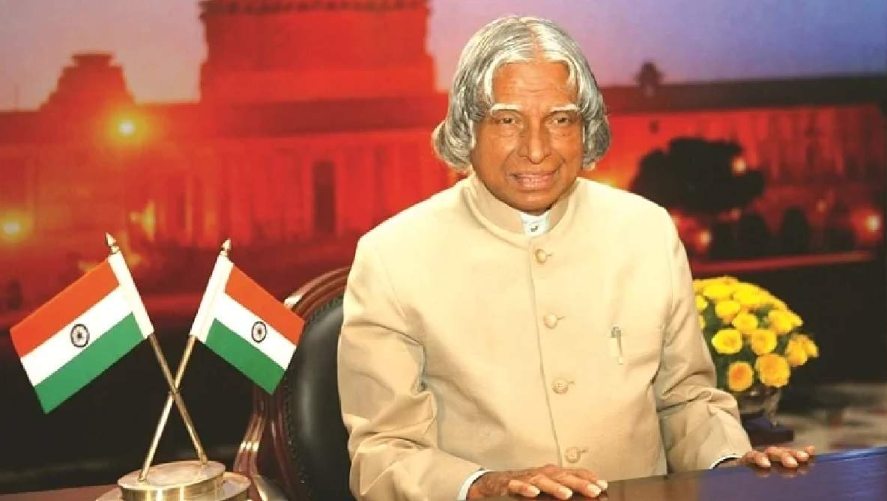
In 1992, Kalam assumed the role of Chief Scientific Adviser to the Prime Minister of India, concurrently serving as the Secretary of the Defence Research and Development Organization (DRDO). His remarkable contributions to the Indian space program and the military were acknowledged with the prestigious Padma Bhushan award in 1981 and the Padma Vibhushan in 1990.
APJ Abdul Kalam as 11th President of India
- Sir Kalam served as the 11th President of India from July 25, 2002, to July 25, 2007.
- Revered as the “people’s President,” he earned widespread admiration for his significant contributions to the nation and its citizens.
- His landslide victory in the 2002 presidential election was backed by the National Democratic Alliance, receiving support from the Samajwadi Party and the National Congress Party.
- He demonstrated remarkable courage and resolve in making and implementing tough and often controversial decisions during his tenure. Among the challenging decisions he faced, one of the most notable was signing the “office of profit” bill into law.
- Upon bidding farewell to his presidential duties, he transitioned into a new phase of his career as a visiting professor at the Indian Institute of Management in Shillong. Additionally, he assumed a teaching role in Aerospace Engineering at Anna University in Tamil Nadu.
APJ Abdul Kalam Biography: The Missile Man of India
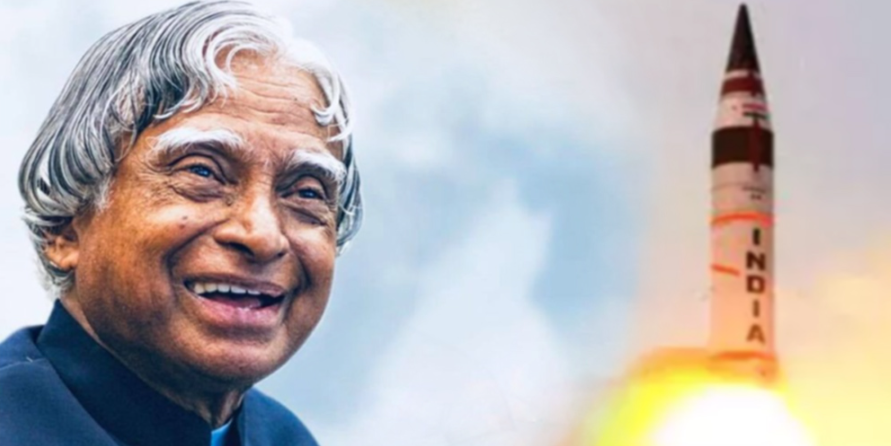
APJ Abdul Kalam, renowned as the “Missile Man of India,” left an indelible mark as the 11th President of India. Born on October 15, 1931, in Rameswaram, Tamil Nadu, Kalam’s journey from humble origins to national prominence exemplifies the essence of perseverance and dedication.
APJ Abdul Kalam, the youngest among four siblings, faced the challenges of a modest upbringing. His father, a boat owner, toiled tirelessly to support the family. Despite financial constraints, Kalam’s parents prioritized education, fostering his academic zeal. Excelling as a student, he attended Schwartz Higher Secondary School before pursuing physics at St. Joseph’s College, Tiruchirappalli. Later, he earned a degree in aeronautical engineering from the Madras Institute of Technology.
Interesting Facts About APJ Abdul Kalam
- In 2002, Kalam assumed the presidency of India, succeeding K.R. Narayanan.
- He notably became the first scientist to ascend to the presidency, earning admiration for his modesty and dedication to national welfare.
- Throughout his presidential term, Kalam fervently championed education, particularly in rural sectors, and advocated for technological advancement and innovation.
- Recognized as a visionary, Kalam ardently believed in India’s potential to achieve developed status by 2020. His influential works, including “India 2020: A Vision for the New Millennium,” inspired countless youth to strive towards this national aspiration.
- APJ Abdul Kalam’s reputation for humility and simplicity was unparalleled. Despite his numerous accomplishments, he eschewed power and riches, remaining firmly grounded.
- Often spotted commuting by bicycle or foot to his office, Kalam was celebrated for his approachability and amiable demeanor.
- In one of his notable statements, Kalam emphasized his identity as an ordinary citizen with the extraordinary duty to inspire and uplift the nation as its President.
- A beacon of inspiration for countless youths, Kalam emphasized the importance of perseverance and the pursuit of aspirations, famously stating, “You have to dream before your dreams can come true.”
- Kalam’s advocacy extended to science and technology, where he envisioned India’s potential to emerge as a global leader in innovation.
- APJ Abdul Kalam was a firm believer in the transformative power of science and technology to address global challenges such as poverty, hunger, and disease.
- Kalam’s remarkable contributions to India’s space program and military were acknowledged through various prestigious awards and honors, culminating in the Bharat Ratna, India’s highest civilian honor, bestowed upon him in 1997.
- In addition to the Bharat Ratna, APJ Abdul Kalam was honored with the King Charles II Medal by the Royal Society, UK, in 2007, and the Hoover Medal by the ASME Foundation, USA, in 2008.
